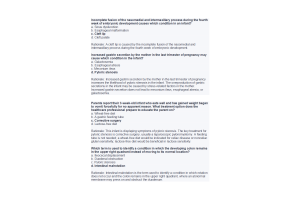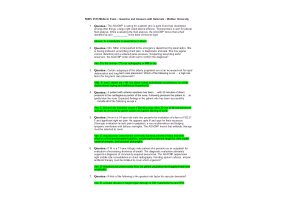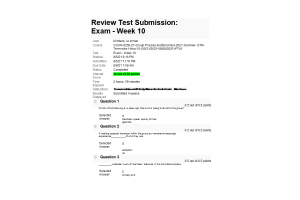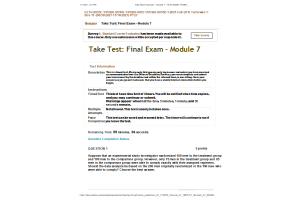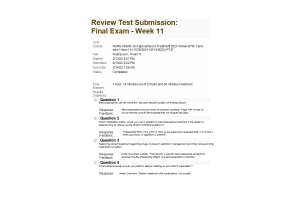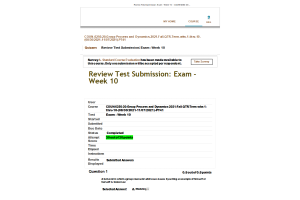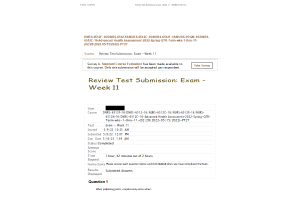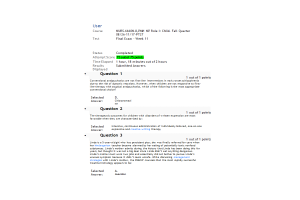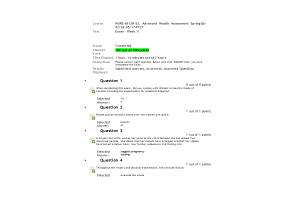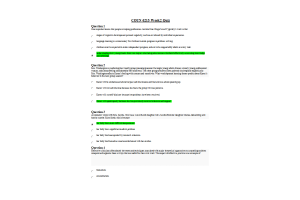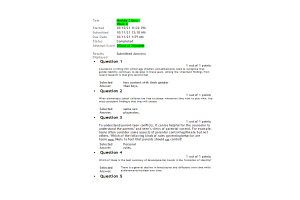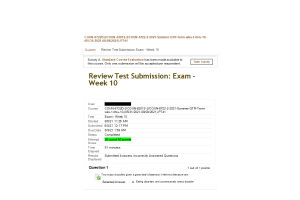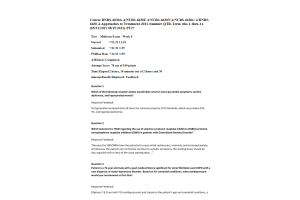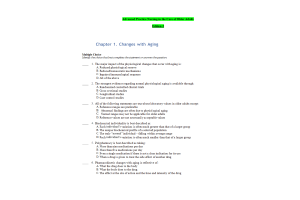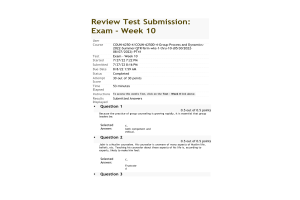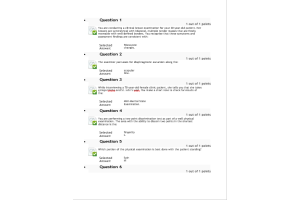HLTH 3115S-1, Week 4 Midterm Exam
- $39.00
1.Question: Many developed countries are beginning to struggle with issues related to, which include increasing numbers of elderly and not enough younger people to replace them in the workforce.
2.Question: What do recovery rates for chagas disease and leishmanias is depend upon?
3.Question: The laws, regulations, and priorities that govern your community or state and how these components influence the health of individual citizens are known as which type of health determinant?
4.Question: Which MDG addresses waterborne diseases?
5.Question: According to MDG 7, how can participating nations of the UN combat global climate change?
6.Question: When does population growth occur?
7.Question: Which of the following measures how many births have occurred in a year per 1,000 people in a population?
8.Question: Why don't the same control methods work for all types of vectors?
9.Question: In highly populated urban areas in , many children suffer from asthma and respiratory illness to a much greater degree than most anywhere else in the world as the result of air pollution due to industrialization and dense populations.
10.Question: The design and implementation of must factor in local cultural belief systems and practices.
11.Question: Which of the following diseases was spread through the movement of goods and people across borders from Asia into Europe and on to the Americas during the nineteenth century?
12.Question: In addition to political stability, the ability tois important in the prevention and treatment of HIV/AIDS.
13.Question: The parasitic disease that is transmitted by mosquitoes and is particularly prevalent in Southeast Asia and sub-Saharan Africa is called:
14.Question: Thethreecommunicablediseasesthataretheleadingcausesofdeathgloballyare HIV/AIDS, malaria, and .
15.Question: Which of the following calculations include deaths from specific causes in the numerator and the number of people at risk for dying from that cause in the denominator?
16.Question: Personal and inborn features such as sex, age, and are leading determinants of women's health.
17.Question: WASH factors include , sanitation, and hygiene.
18.Question: Which infectious disease makes the body more at risk for other infections?
19.Question: The three core functions of public health are assessment, policy, and what else?
20.Question: Some of the underlying determinants for waterborne diseases include crowded living conditions, inadequate access to clean water and sanitation, poor hygiene, and inadequate _____ .
21.Question: There are two issues that are the basis for much of the global burden of disease and premature death in poorer countries: poverty-based inequities and what else?
22.Question: In addition to increased vector range and climate change, which is a primary environmental condition that impacts low and middle income countries?
23.Question: Which of the following is the proportion of population with a disease at a specific point in time?
24.Question: According to the World Health Organization's (WHO), is "a state of complete physical, mental, and social well-being and not merely the absence of disease or infirmity."
25.Question: In countries with high HIV transmission rates, views about have had a significant influence on the continued transmission of the virus.
26.Question: Studying assists us in gaining an understanding of the connections between human populations and the environment.
27.Question: Lower- and middle-income countries accounted for 94 percent of the 138 million DALYs reported in 2004. How many of these came from road traffic injuries?
28.Question: Which of the following offers equal opportunity to enjoy the highest attainable level of health, and is achieved through environmental health protection policies and community care programs?
29.Question: was spread from person to person through drop lets in the air from a sneeze, a cough or contact with nasal secretions during the Crusades.
30.Question: is an airborne disease that can be transmitted by coughing, speaking or even singing.
31.Question: Which vector-borne disease is commonly introduced through rodent infestation on cargo ships?
32.Question: is the collection, analysis, and use of data to target public health prevention.
33.Question: Alexander Fleming, a Scottish biologist, defined new horizons for modern antibiotics with his discovery of .
34.Question: indirectly addresses air borned is ease because it is aimed at eradicating extreme hunger and poverty.
35.Question: The resulted in the deaths of an estimated 75 to 200 million people and peaking in Europe between the years 1346 and53.
36.Question: What communicable diseases have in common is that they are spread through pathogenic .
37.Question: Bacteria or fungi present different risks to populations and therefore varying methods of prevention should be considered. What are these examples of?
38.Question: Which of the following is defined as "the art and science of motivating people to enhance their lifestyle to achieve complete health, not just the absence of disease?"
39.Question: How does a working surveillance system assist Healthy People 2020 in promoting health?
40.Question: Which of the following is a typical symptom of the initial stage in the WHO clinical staging system of HIV infection in adults, adolescents, infants, and children?
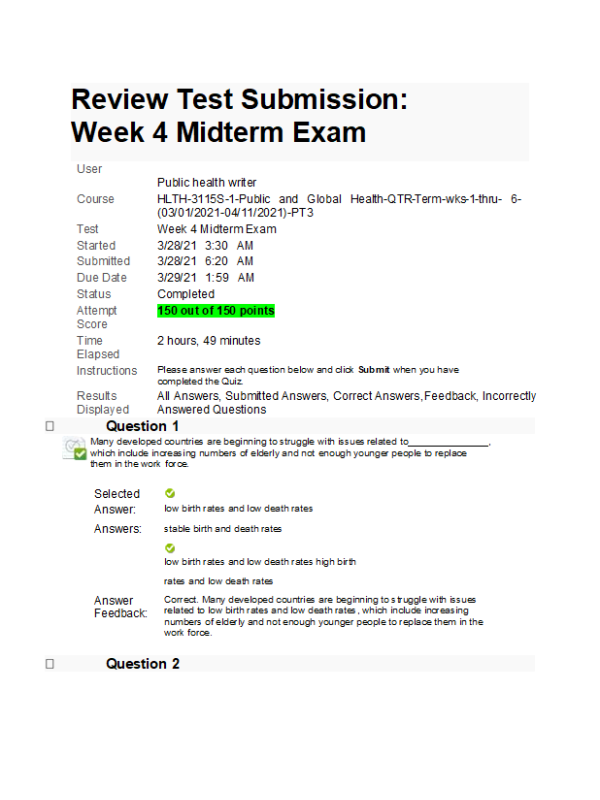
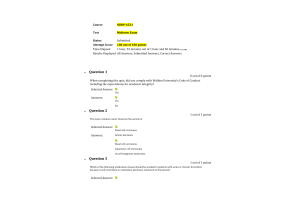
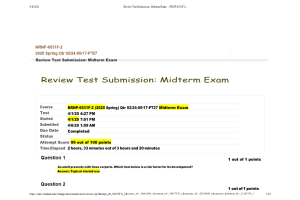
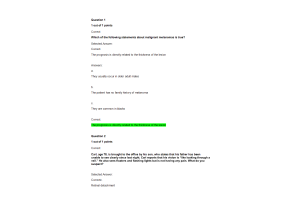
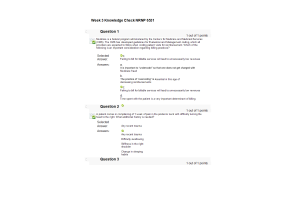

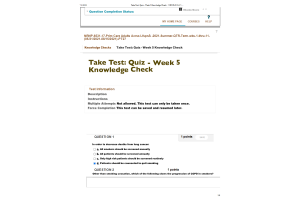
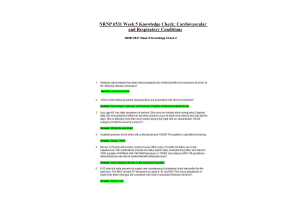
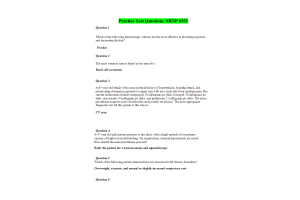
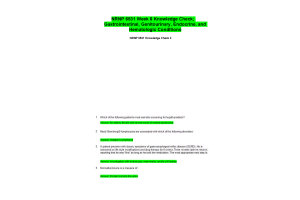
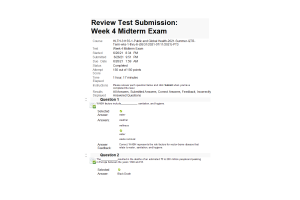
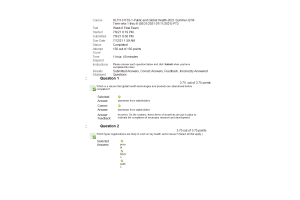
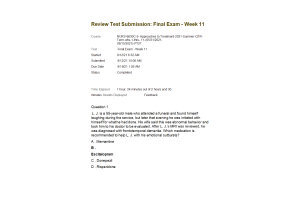
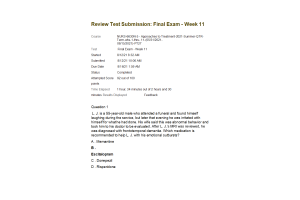
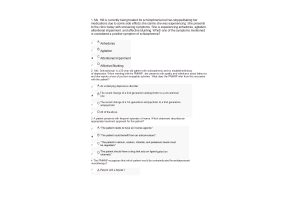
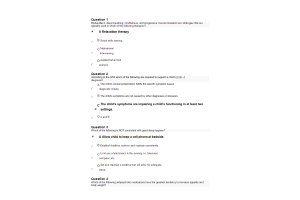
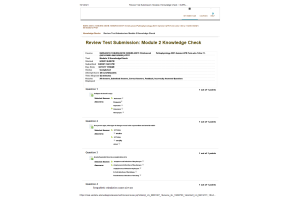

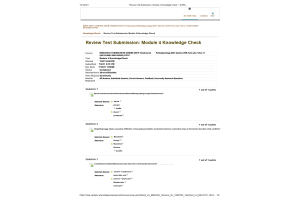
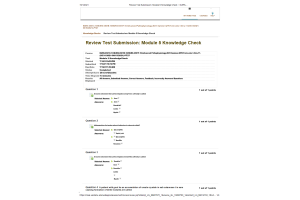
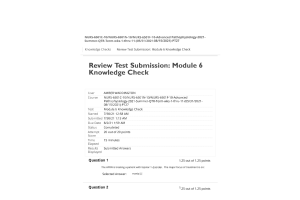
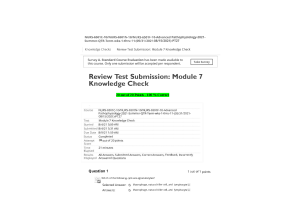
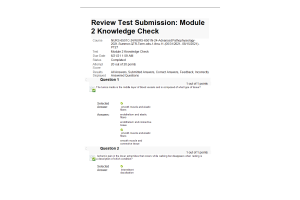
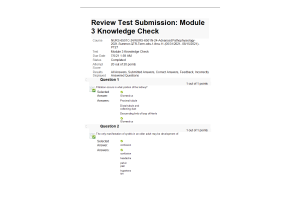
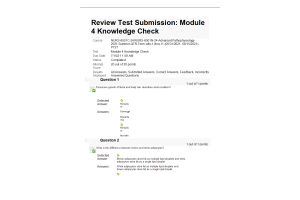
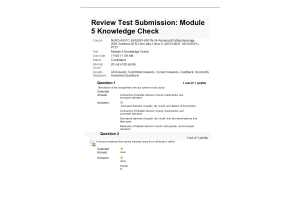
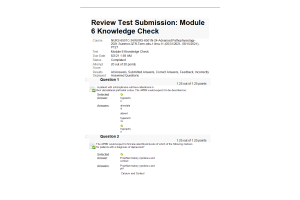
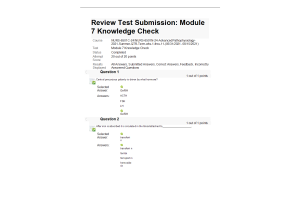
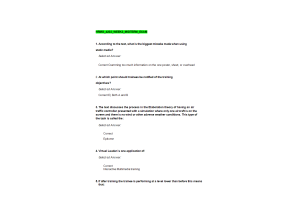
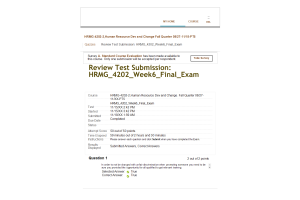
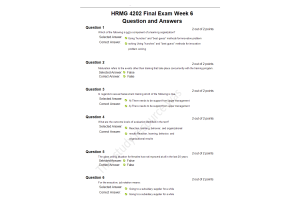
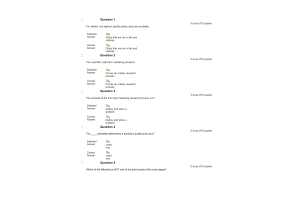
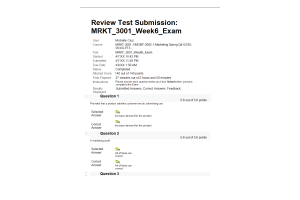
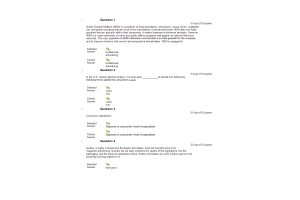
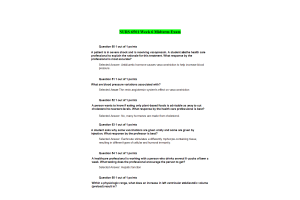
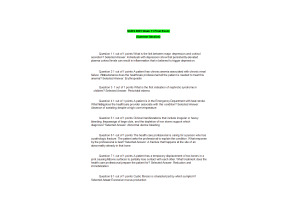
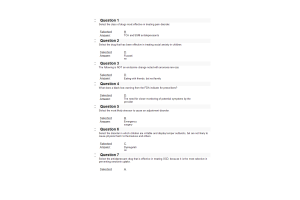
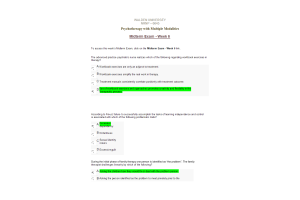
-300x200.png)
